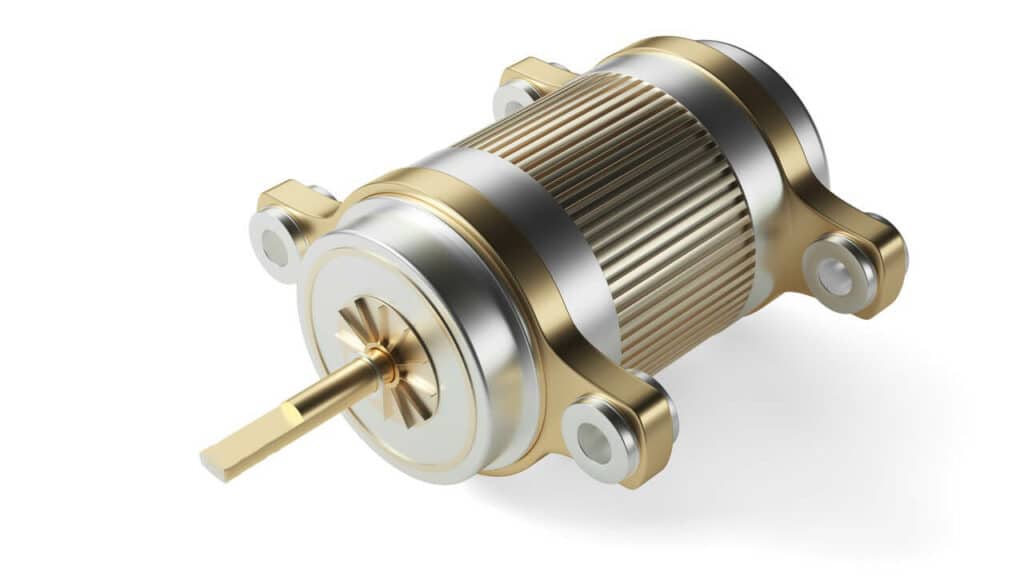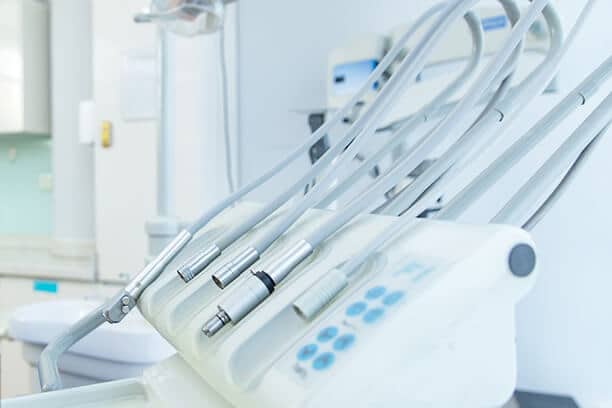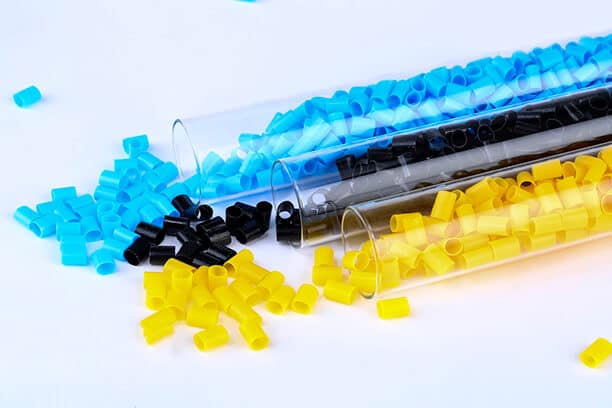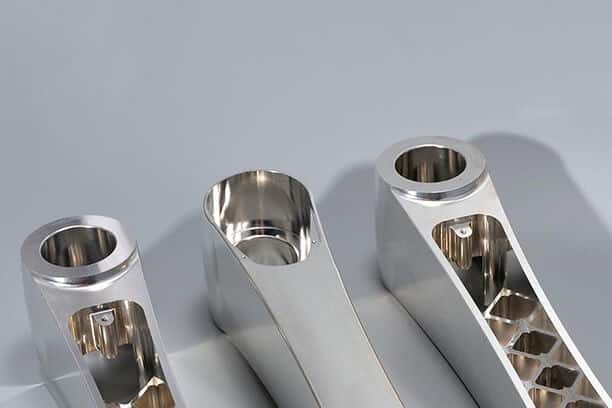The motor of medical devices, also known as a medical motor, is a type of transmission gearbox that is applied to medical equipment, featuring functions of deceleration, torque boosting, and transmission. It is a small-power miniature reduction motor largely made of a drive motor (engine), a reduction gearbox (reducer), and other components. This sort of medical device motor commonly adopts custom product technical parameters service, being developed according to application needs, including output power, voltage, electrical current, diameter specification, reduction ratio, torque, speed, noise, precision, drive motor type, reduction gearbox structure type, and so forth.
Due to the specificity of medical devices, not all miniature motors can be used in medical equipment. Therefore, this article will briefly outline some necessary requirements for using micro motors in medical devices, common types of micro motors, their benefits in improving human lives, and their applications in medical devices.
Essential Requirements of Miniature Motors in Medical Equipment Applications
The medical device motor, a general term for transmission modules employed in intelligent medical equipment, can be applied in devices such as intelligent infusion flow controllers, minimally-invasive anastomosis cutters, automatic coagulation knife gearbox devices, orthopedic surgical wound cleaners, automatic pulse pressure monitors, smart medical beds, and other medical devices.
Miniature motors are widely used in medical devices, such as injection pumps, respirators, infusion pumps, electric scalpels, and more. However, due to the unique nature of medical equipment, not every mini motor can be applied to them. They need to meet several essential conditions:
1. Low Noise
Medical device products are generally used in tranquil environments. Miniature motors must meet the requirement of low noise and avoid causing restlessness in patients due to overly loud sounds. When a miniature motor reaches its limit load power, it can protect itself with the mode of automatic tripping, guaranteeing security during usage.
2. Easy Controlling
For medical devices, the start-up, braking, and response speed of the mini-motors need to be extremely fast. Mini motors that can be easily controlled and operated better assure patients of desired medical outcomes.
3. Heat Dissipation
Most medical devices are set to be on for a long time, generating a significant amount of heat. Miniature motors with good heat dissipation can effectively extend their service life.
4. Stability and Reliability
As the core component of medical equipment, miniature motors’ stability and reliability need to be enhanced. Stable mini-motors not only reduce the incidence of faults but also improve operational efficiency.
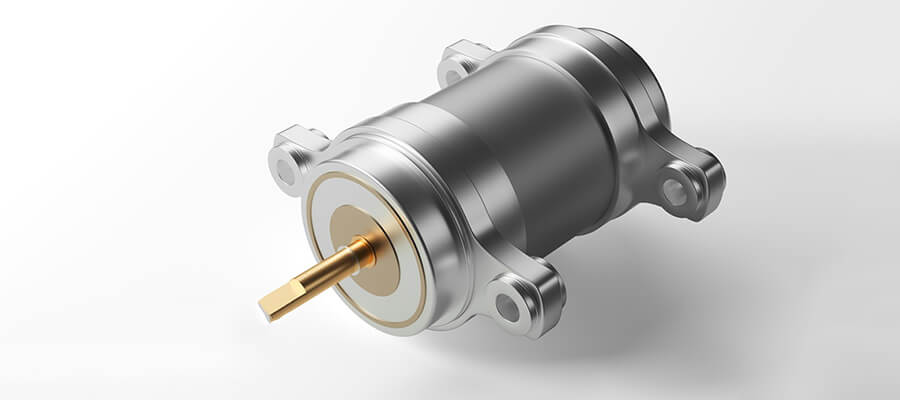
Types of Medical Device Motors
Micro motors find application in various medical devices, allowing healthcare surgeons to operate portable equipment, machines, and handheld tools efficiently. Here are a few notable examples of commonly used medical micro motors:
- Brush DC motor: Also known as coreless motors, these motors offer a range of benefits including high efficiency, rapid acceleration, compact size, lightweight design, and minimal noise generation.
- Stepper motor: It utilizes high-energy magnets, offering excellent continuous torque and open-loop control. These motors require minimal maintenance and provide a cost-effective solution for various applications.
- Brushless slotted motor: These motors offer the advantage of being able to withstand autoclave cycles and can be customized with various drive options and gearheads. These motors are highly efficient and possess high torque ratings, making them suitable for applications that require high speeds and can handle heavy loads.
- Brushless slotless motor: This type of motor exhibits an exceptionally long service life and excels in achieving high speeds and high throughput while eliminating cogging issues. These motors can be equipped with hall sensors and gearheads for added functionality.
Advantages of Medical Device Motors
The utilization of micro motor technology in the medical field brings about numerous benefits, particularly for handheld or portable equipment. These advantages include:
- Compatibility with sterilization methods such as autoclaving
- Efficient performance and high power output
- Low levels of noise and vibration
- Accurate control for precise operations
- Reduction in electromagnetic interference (EMI) and radio frequency interference (RFI)
- Increased reliability, especially in critical medical scenarios
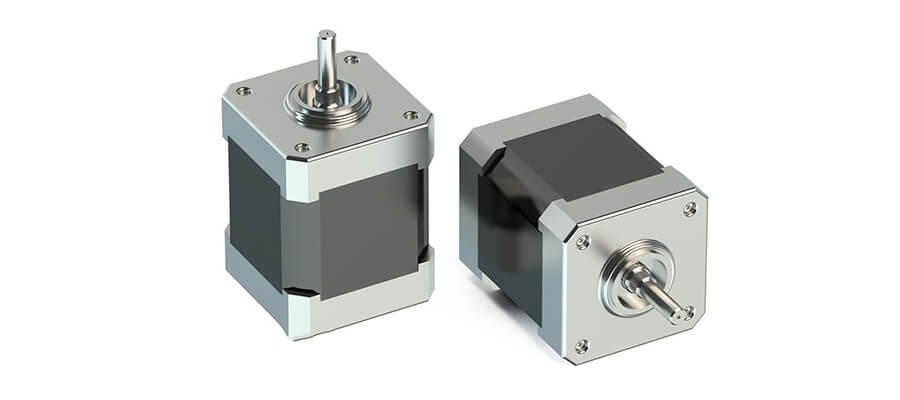
How Micro Motors Enhance Medical
Surgical robots, advanced prosthetic limbs, exoskeletons, precision surgical handpieces, and even consumer CPAP machines are among the remarkable modern medical innovations that are enhancing mobility, functionality, and overall well-being for a growing number of individuals.
These groundbreaking medical advancements have become possible, in part, due to the progress made in medical motors and electronic drives, which play a crucial role in powering these technologies.
Let’s explore five significant ways in which the utilization of medical motors and drives in these advancements is positively impacting the lives and health of people.
1. Robotic-assisted surgery
Rather than referring to it as robotic surgery, a more accurate term would be robot-assisted surgery, as the surgeon guides the robot remotely during the procedure. This approach offers numerous advantages, including less invasive surgeries and improved patient comfort.
Miniature motors have revolutionized robotic-assisted surgery by enabling increased precision, enhanced dexterity, improved minimally invasive procedures, tremor reduction, and enhanced surgeon comfort. These advancements ultimately contribute to improved patient outcomes and expand the possibilities of what can be achieved in the realm of surgical interventions.
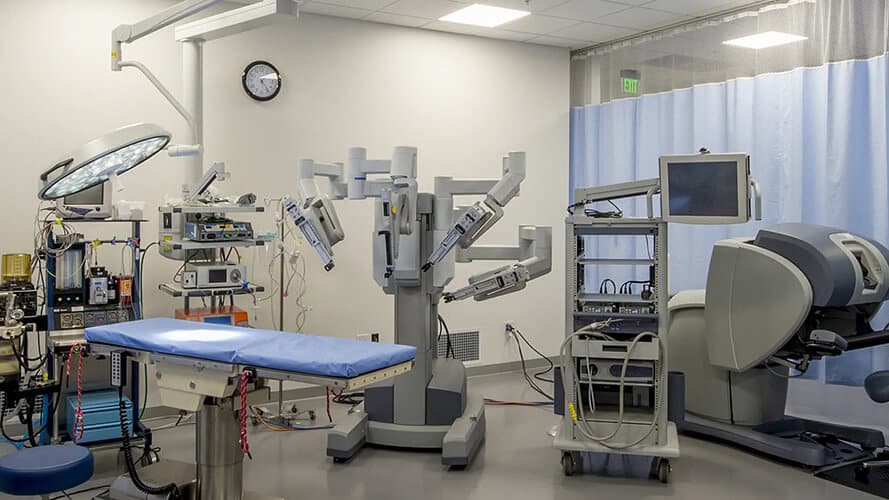
2. Advanced-powered prosthetics
Artificial limbs are utilized in various situations, including combat injuries, diseases, congenital defects, accidents, and more. Presently, advanced powered bionic limbs have been created to interface with the human muscle, skeleton, and nervous systems.
The integration of miniature motors in artificial limbs has facilitated the field of prosthetics, providing users with improved mobility, functionality, and a more natural experience.
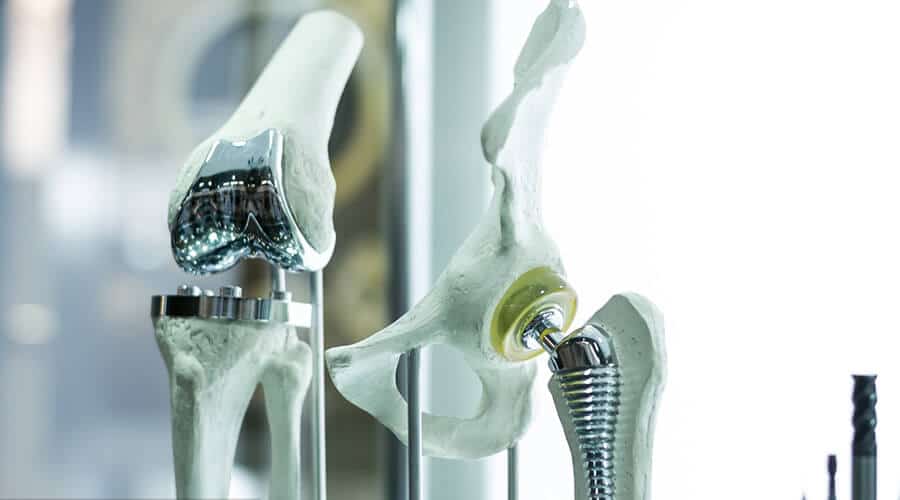
3. Increased mobility
Gear motors play a crucial role in providing enhanced mobility for individuals who use wheelchairs. Take, for instance, the extraordinary Action Trackchair, an all-terrain wheelchair that goes beyond the limitations of traditional wheelchairs. Instead of regular wheels, it utilizes treads, which opens up a world of off-road mobility possibilities, allowing users to confidently navigate fields, forests, and even small streams. All of this is made possible by the power of a gear motor.
4. Medical pumping
Medical motors play a crucial role in powering pumps used in various modern medical devices. These pumps are responsible for providing accurate fluid, gas, and medication administration, as well as maintaining optimal cooling.
- CT Scanners: CT (Computed Tomography) scanners offer fast and high-resolution scanning, producing detailed 3D images of the human body’s interior. To ensure these scanners maintain the required temperature for their X-ray systems, centrifugal pumps are employed. These pumps are typically powered by brushless DC motors with integrated drives.
- Dialysis: Hemodialysis systems rely on dependable peristaltic pumps to accurately transport the patient’s blood and dialysis solution through the dialyzer. For these life-saving machines, precision brushless motors deliver reliable and quiet operation.
- CPAP: Continuous Positive Airway Pressure (CPAP) machines have significantly improved the lives of millions affected by sleep apnea. Modern CPAPs are compact and quiet, and some models even feature battery power. At the heart of the CPAP lies a highly dynamic blower, typically driven by a brushless DC motor.
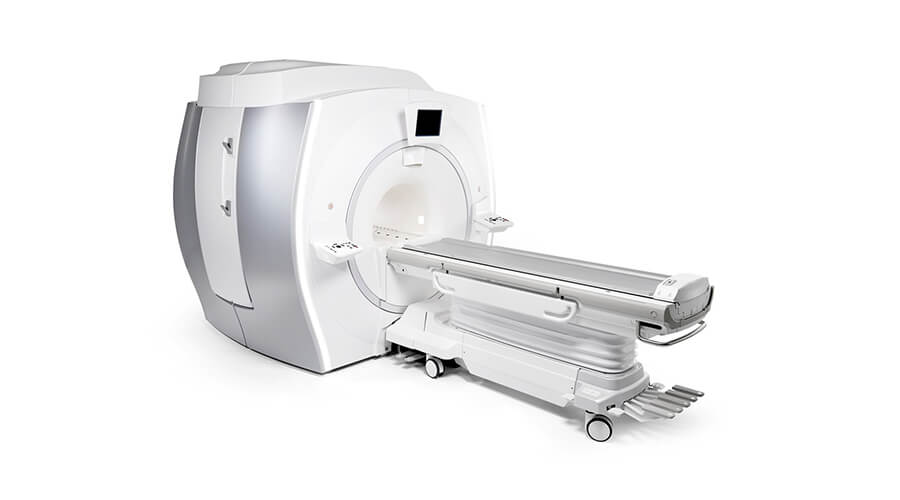
5. High-powered, compact, surgical handpieces
Most motor designs face challenges in achieving a balance between high power output and the requirements of compactness, lightness, and efficiency when it comes to surgical handpiece motors. It’s important to develop motors that can deliver significant power while meeting the stringent size and weight constraints of surgical handpieces.
Integrating miniature motors in surgical handpieces contributes to advancements in surgical procedures. Surgeons benefit from improved precision, decreased hand fatigue, versatility, efficiency, reduced noise, and vibration, as well as ease of sterilization. These effects enhance surgical techniques and patient care.
Applications of Micro Motors in Medical Devices
Micro motors, known for their high power output and reliability, are highly suitable for a range of medical devices and applications. Notably, these include compact machinery, handheld tools, and portable equipment, such as:
- Ventilators
- Insulin pumps
- Medical drills
- Infusion pumps
- Powerchair lifts
- Surgical hand tools
- Medical staple machines
- Surgical boom automation
- Biopsy equipment
- Lab automation equipment
- Medication dosing equipment
- Motorized rehabilitation equipment
- Drug delivery system
- Dental handheld devices
- Stretchers and medical beds
Medical Device Motor Metal Housing Manufacturer – Runsom Precision
With the development of medical standards, medical products are rapidly updating and iterating, playing a key role in overcoming one medical challenge after another. Medical components, including medical devices and medical equipment, all require precise dimensions, premium materials, and special surface treatments. Runsom Precision has extensive experience in providing CNC machining services for medical industries. We’re helping more customers who need medical device components to solve issues related to product delivery time, quality, assembly, and small-batch production. Request an instant quote to get started on your projects now!
Other Articles You May Be Interested in:

